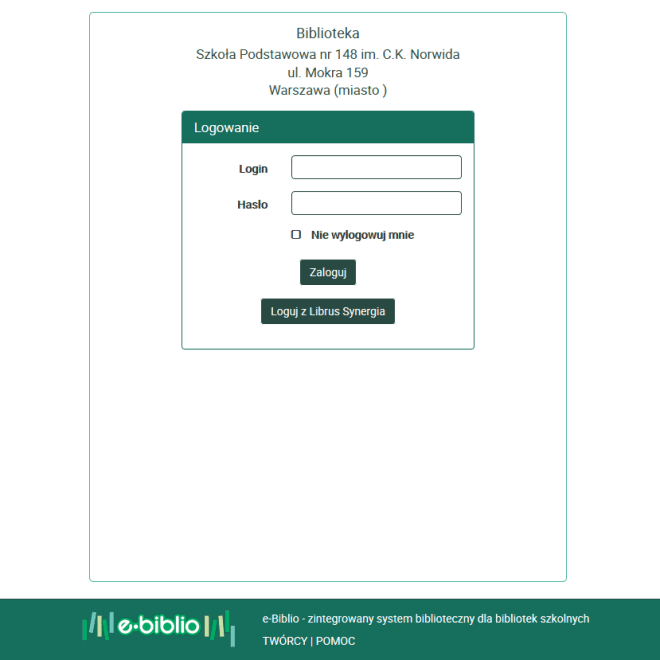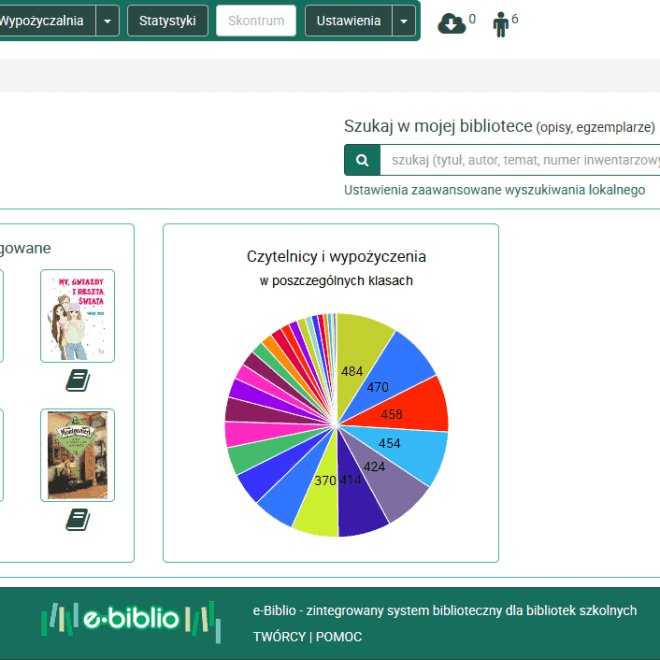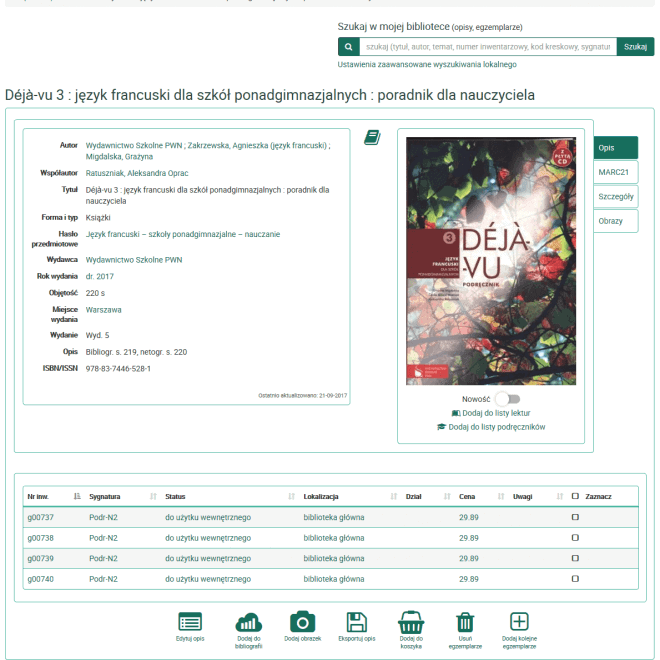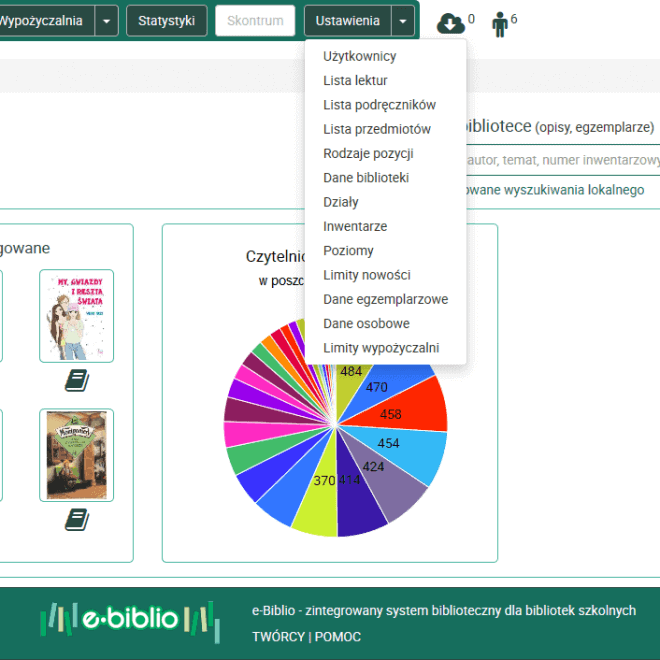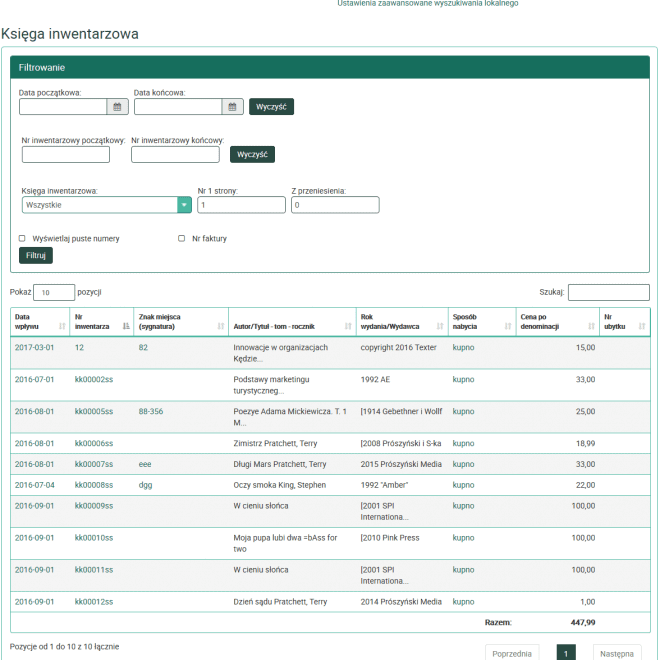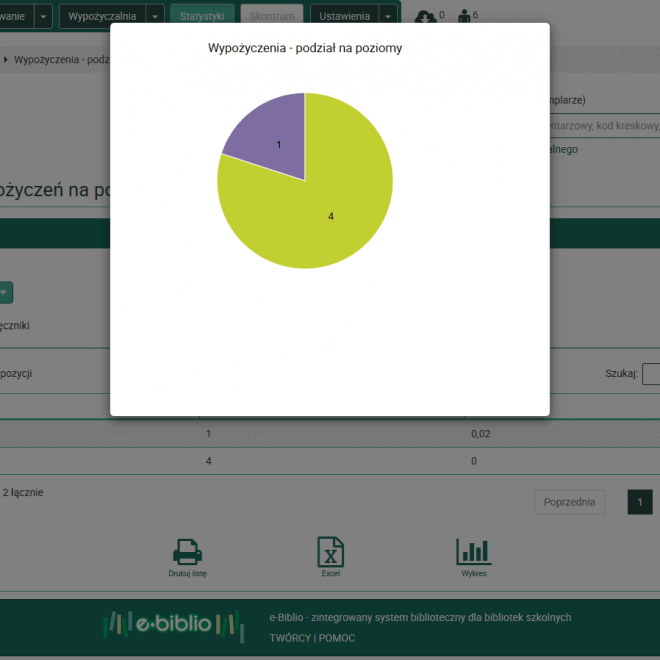
Simple and convenient
The integrated e-biblio cataloguing system

For library users today the most important and basic source of information about a library’s collections is its catalogue, preferably its OPAC (Online Public Access Catalogue). The main task of every library’s catalogue is to organize its collection and clearly indicate where each book or other item is kept, while the main task of every library is to provide access to and lend the books or other items in its collection. Achieving the most important goal of each library (increasing readership) in the 21st century is practically impossible without computer cataloguing and collection presentation in an OPAC. The integrated library system primarily aims to facilitate and simplify the librarian’s job and speed up the process of compiling and cataloguing collections. In practice, a complete library system should allow immediate use of all its features and modules. Regardless of whether 50% or 100% of all collections have been catalogued in the library, an integrated system enables immediate lending of all the books compiled in it and their direct presentation in the OPAC.
Contemporary school library system requirements were taken into account when designing the e-biblio system, which can be used via any web browser (Firefox, Edge, Safari, Opera…) and does not require installation on library computers. Thanks to a central server operating the system, it is independent of the number of computer stations, number of users and size of book collections. Cloud-based cataloguing technology enables almost unlimited access (after users enter their login and password) to the e-biblio system from any device (desktop computer, laptop, tablet, smartphone) from anyplace in the world.
The e-biblio library system was designed on the basis of the Hybrid Central Catalogue of bibliographic descriptions, which provides librarians the greatest capabilities in the process of compiling and cataloguing their collections. The Hybrid Central Catalogue contains closed bibliographic descriptions from the National Library and other libraries that use the e-Biblio library system; it also enables all library employees to co-catalogue, i.e. build their own bibliographic descriptions containing all the necessary information in accordance with the MARC21 format. The system features modular design, which simplifies management of library employee authorizations and facilitates expansion and development of the system in future.
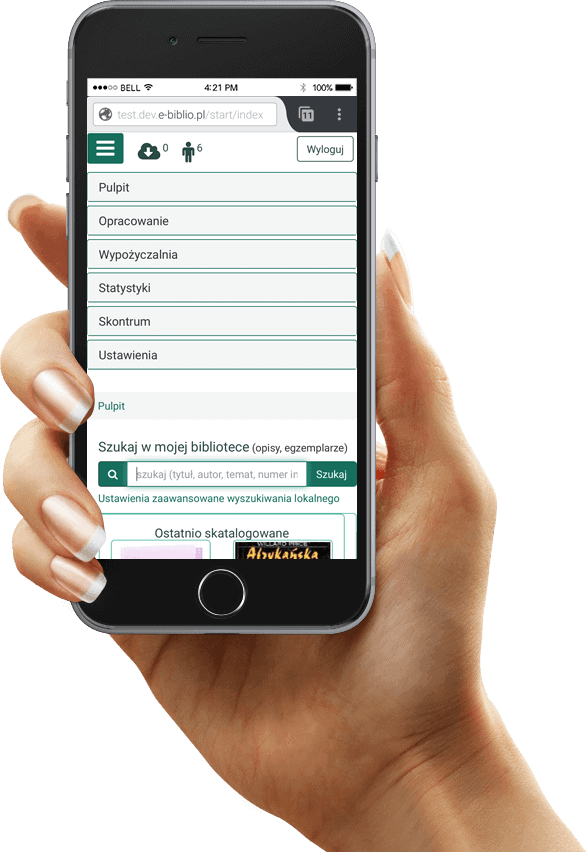
Modules and functionalities available in the e-biblio system (version 4.x)
The distributor of the e-biblio library system on the education market is:
Librus Spółka z ograniczoną odpowiedzialnością sp. k.
(dawniej Librus Sp. z o. o.)
Korfantego 193, 40-153 Katowice
tel. 32 350 85 85, fax. 32 258 12 86
KRS 0000630561, NIP 6342622989
librus@librus.pl
www.librus.pl
You can find more information about e-biblio at: https://biblio.edu.pl


